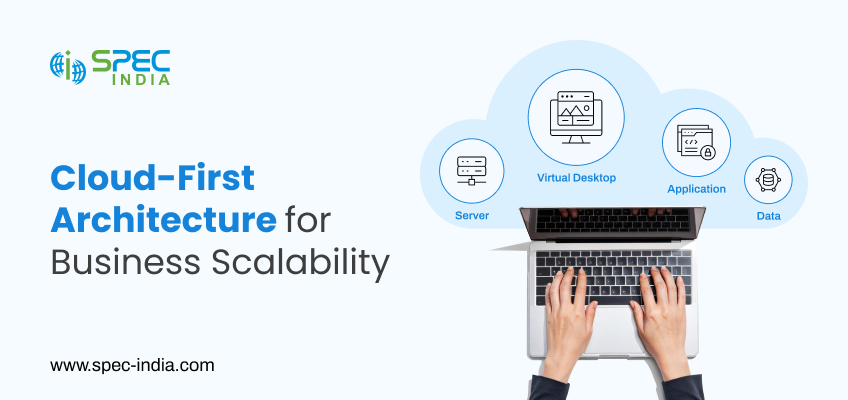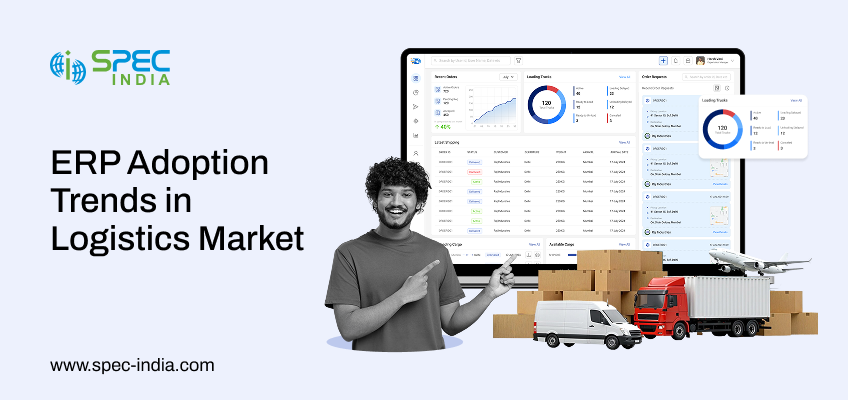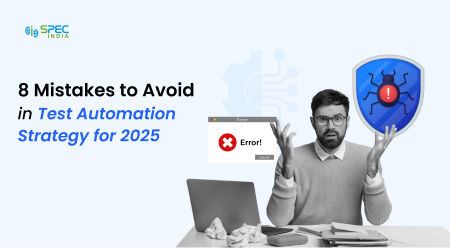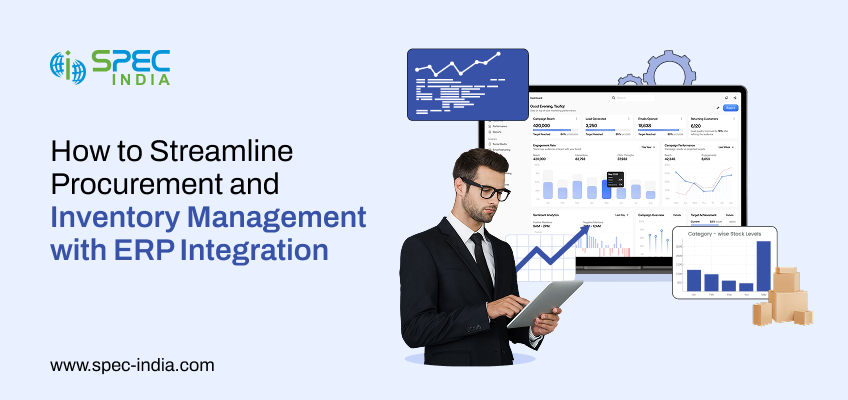
How ERP Software for Freight Forwarding Transform Operations Across Global Ports
Ever had a shipment delayed at the port due to forgetting to update a spreadsheet or an email being missed?...

Cloud-First Architecture: What CEOs Should Know About Scalability and Security
Cloud is no longer the talk of the town; in fact, it has become a top priority for any business....

ERP Adoption Trends in the Nordic and European Logistics Markets
Do you know what unifies the evolving European logistics ERP market? Smarter trucks and greener warehouses are one tangible answer,...

Rate Management & Quote Automation: The Backbone of Freight Forwarding ERP Systems
As a freight management company owner, you must have observed rate variation between two freight forwarders with similar carriers and...

8 Mistakes to Avoid in Test Automation Strategy
Automation is everywhere but is it really working for you? Every tech conversation today includes the word’ automation.’ Teams are...

How to Streamline Procurement and Inventory Management with ERP Integration
You probably know the frustration of chasing down purchase order approvals or discovering a stock shortage after a customer order...

